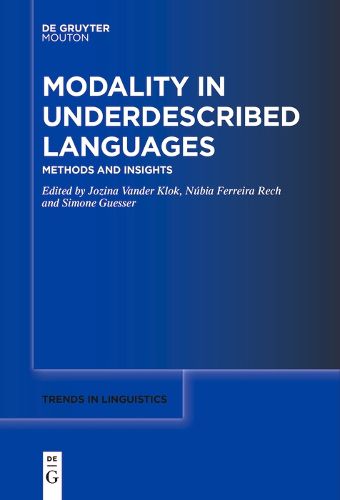Readings Newsletter
Become a Readings Member to make your shopping experience even easier.
Sign in or sign up for free!
You’re not far away from qualifying for FREE standard shipping within Australia
You’ve qualified for FREE standard shipping within Australia
The cart is loading…






Current semantic fieldwork research has shown that the study of modality cannot be conducted via translation alone, yet much of what we know about modal expressions across the world's language is still translation-based. This book aims to facilitate the study of modality across more diverse languages and a wider participant base by explaining and illustrating a nuanced set of methods, including storyboards, questionnaires, corpora research, experimental tasks, as well as a discussion of practical semantic fieldwork techniques. The methodological protocols tested and employed by the authors on underdescribed languages - spanning seven different language families - are intended to be applicable as cross-linguistic tools, while also indicating the successes and challenges of their contributions. Expanding the study of modality to a wider set of underdescribed languages will undoubtedly bring new insights into our theoretical understanding of modality and deepen our understanding of a cross-linguistic typology of modal expressions.
$9.00 standard shipping within Australia
FREE standard shipping within Australia for orders over $100.00
Express & International shipping calculated at checkout
Current semantic fieldwork research has shown that the study of modality cannot be conducted via translation alone, yet much of what we know about modal expressions across the world's language is still translation-based. This book aims to facilitate the study of modality across more diverse languages and a wider participant base by explaining and illustrating a nuanced set of methods, including storyboards, questionnaires, corpora research, experimental tasks, as well as a discussion of practical semantic fieldwork techniques. The methodological protocols tested and employed by the authors on underdescribed languages - spanning seven different language families - are intended to be applicable as cross-linguistic tools, while also indicating the successes and challenges of their contributions. Expanding the study of modality to a wider set of underdescribed languages will undoubtedly bring new insights into our theoretical understanding of modality and deepen our understanding of a cross-linguistic typology of modal expressions.